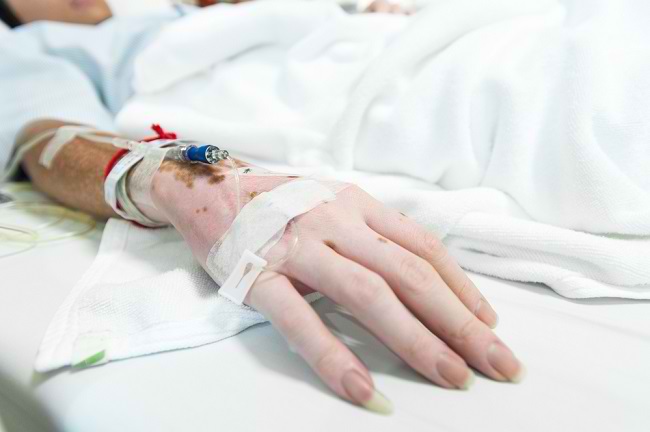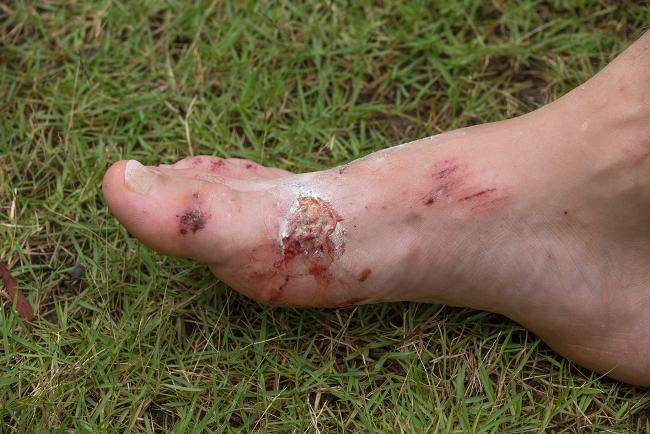People who have health problems that are unable to carry out daily activities, can consider occupational therapy as a treatment step. Through this therapy, patients will be trained so that they can become more independent.
Before deciding to undergo occupational therapy, the doctor will first identify the extent of the patient's difficulties in carrying out daily activities and determine the diagnosis of the disease that causes the patient to experience physical, mental, or social barriers.

If daily activities, such as dressing or eating, are difficult to do without the help of others, then occupational therapy may be a solution. People who have physical, mental limitations, and decreased cognitive abilities due to age or certain diseases are also advised to undergo this therapy.
What Are Occupational Therapy Services Like?
The type of occupational therapy given will be tailored to the patient's age, occupation or daily activities, and needs. Occupational therapy services typically include all three of the following:
- Individual evaluation
In an individual evaluation, the patient, the patient's family, and the doctor will jointly determine what is to be achieved through this therapy. The doctor will also determine the diagnosis of the disease that causes the patient to require occupational therapy.
- Intervention planning
After that, the doctor will determine the type of therapy and exercise according to the patient's needs. The focus of therapy and exercises provided is to enable the patient to return to activities independently, such as washing, cooking, and dressing without the help of others. For example, in occupational therapy, amputees can be trained to use a prosthetic arm or leg.
- Result evaluation
Evaluation is carried out to ensure that the results of occupational therapy are in accordance with the goals that have been set at the beginning of therapy. This evaluation is also needed to make other action plans if needed, so that the results of therapy can be better.
Occupational therapy is carried out under the supervision of a medical rehabilitation specialist. This specialist will accompany the patient during therapy, provide recommendations for assistive devices according to the patient's needs, and teach how to use them. Doctors will also provide direction to family members and caregivers to accompany and care for patients at home.
Who Needs Occupational Therapy
The main goal of occupational therapy is to improve the patient's quality of life. Occupational therapy is specifically needed by:
- People who are recovering and returning to work after suffering a work-related injury.
- People who suffer from physical and mental disorders since birth.
- People who suddenly develop a serious health condition, such as a stroke, heart attack, brain injury, or phantom limb syndrome after an amputation.
- People who have chronic diseases, such as arthritis, or chronic obstructive pulmonary disease (COPD).
- People with mental disorders or behavioral problems, such as Alzheimer's disease, autism, or ADHD, post-traumatic stress disorder, substance abuse, or eating disorders.
In addition to adults, this therapy can also be given to children who suffer from certain conditions, such as:
- Down syndromeOccupational therapy can be used for children with Down's syndrome. This condition arises due to a genetic disorder that causes disturbances in physical and mental development, resulting in learning difficulties.
- Cerebral palsyOther conditions that also require occupational therapy are: cerebral palsy, which is a disorder of the brain and nervous system, so that the movement and coordination of the child's body becomes abnormal.
- Dyspraxia
Occupational therapy can also be done to children who have dyspraxia, where there is a disturbance in movement and body coordination abilities.
- Learning disability
Children who have learning difficulties, for example because of growth and development problems, also need occupational therapy.
Children with special needs will usually be guided by doctors, psychologists, therapists, and teachers at school, in learning and doing daily activities, such as reading, writing and maintaining body hygiene (bathing and brushing teeth). The goal is that they can live independently in the future.
Through occupational therapy, patients with injuries to their dominant hand can also be trained to use the other hand to practice their skills ambidextrous.
If there are family members or friends who have the above conditions, then there is nothing wrong if you suggest them to undergo occupational therapy. To get this therapy, you need to consult a doctor first.









